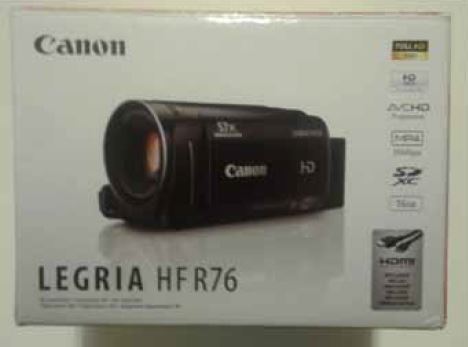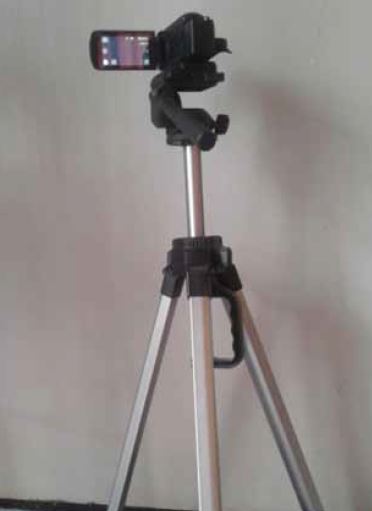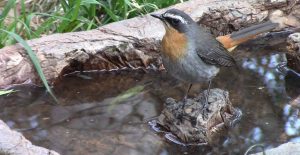Birdwatching using camcorder: Photography, bird videos

Birdwatching using camcorder: It can be a great way to capture both still photography and dynamic bird videos in their natural habitats. Here are tips for both photography and videography, specifically for birdwatching.
1. Choosing a Camcorder for Birdwatching
- Zoom Capabilities: Look for a camcorder with high optical zoom (at least 20x or more). This allows you to capture birds at a distance without disturbing them.
- Image Stabilization: Birds are often fast-moving, so a camcorder with optical image stabilization (OIS) is essential for minimizing motion blur, especially when using high zoom levels.
- 4K or HD Recording: Higher resolution, like 4K, provides greater detail, which is important for small and distant birds. However, even full HD (1080p) can provide sharp enough footage.
- Frame Rates: For slow-motion effects, use a camcorder that records at higher frame rates (e.g., 60 fps or more).
- Manual Focus and Exposure: Birds move quickly, and auto-focus may struggle. Having the option for manual focus can be helpful, particularly in cluttered environments like forests.
2. Tips for Bird Videography
- Patience and Stealth: Birds are sensitive to noise and movement. Set up in a quiet, concealed location with good visibility of the area where birds are active.
- Record in Short Segments: Birds move unpredictably. Record in shorter bursts, focusing on specific actions like feeding, flying, or preening.
- Use a Tripod: For steady, zoomed-in shots, a tripod is essential. Even the smallest movement can cause blur when zoomed in.
- Capture Habitat Sounds: Bird videos are enhanced by natural ambient sounds like bird calls and wind. Use the built-in microphone or an external one to capture high-quality audio.
3. Bird Photography with a Camcorder
- Still Frames from Videos: Many camcorders allow you to extract high-resolution stills from 4K video footage, which can be a useful tool for photographing fast-moving birds.
- Burst Mode: If your camcorder has a burst mode for still photography, use it to capture multiple shots in rapid succession. This increases the likelihood of capturing the perfect moment, such as a bird taking flight.
- Early Morning or Late Afternoon: Birds are most active during these times, and the soft natural lighting enhances image quality by reducing harsh shadows.
4. Birdwatching Etiquette for Videography and Photography
- Avoid Disturbing Birds: Use your camcorder from a distance to avoid stressing or scaring the birds. Camouflaging yourself or using a hide can help you stay out of sight.
- Respect Bird Habitats: Do not trample sensitive areas or disturb nesting birds just to get a better shot.
5. Editing Bird Videos and Photos
- Post-Processing: Enhance your footage by adjusting the exposure, contrast, and sharpness in editing software. Color grading can also bring out the vibrant colors of birds.
- Slow Motion: Consider using slow-motion footage to emphasize certain behaviors, like birds in flight.
- Time-Lapse: If you’re recording for long periods, time-lapse can create beautiful sequences of birds moving in and out of the frame.
Birdwatching using camcorder – Recommended Equipment:
- Camcorders: Panasonic HC-VX981K 4K, Canon Vixia HF G50, or Sony FDR-AX53 are good choices for birdwatching due to their zoom capabilities, image stabilization, and 4K video recording.
- Tripod: A stable, adjustable tripod (e.g., Manfrotto or Vanguard models) is essential for steady shots.
Capturing birds on video or in photos requires patience, the right gear, and respect for nature. With a camcorder, you can document their behaviors in stunning detail while enjoying your birdwatching experience.
Birdwatching using camcorder – My experience:
Birdwatching using camcorder – As promised in the previous blog post, my next step was to buy something better to take photos and videos. My set of mind was, if I can take videos of birds bathing, I can just capture an image from my laptop and then save it. So, I went out and looked for a camcorder with wi-fi capability.
Birdwatching using camcorder – what I chose:
I decided on the Canon Legaria HF R76. After downloading the instruction manual from the website provided in the getting started leaflet, I was ready to teach myself all the ins and outs of my new toy. My first step was to set up the wi-fi on my smartphone so that I can sit in the comfort of my house, have the camcorder mounted on a tripod outside and wait for the birds to come to bathe.


Installing the CameraAccess plus software from Play Store to use on my iPhone as a remote control to record with the camcorder was really easy. Then, after downloading to my laptop and capturing photos from the videos, this is one of the photos:

Cape Robin-Chat
Muldersdrift, Johannesburg
More information:
Afrikaans name – Gewone Janfrederik
Nests – are monogamous and highly territorial nesters. The nest site is within 5 feet (regularly 0 – 2 feet) from the ground. Two to three eggs are laid at one-day intervals. First breeding can occur at two years of age, but typically later, as potential territories are usually occupied. The Cape robin-chat is a host of the red-chested cuckoo. Predators often raid the nests, and replacement nests are common.
The bug has bitten and I wanted better. Looking at the amazing bird photos from social media, I also wanted to take photos like that. Birdwatching using a camcorder is one way. Next time I will tell you what I bought next and about the birding places, I started visiting. Thank you for reading.
Here is a link to my previous blog post.
You are welcome to join my Facebook group and share your photos: https://web.facebook.com/groups/782611491848758


